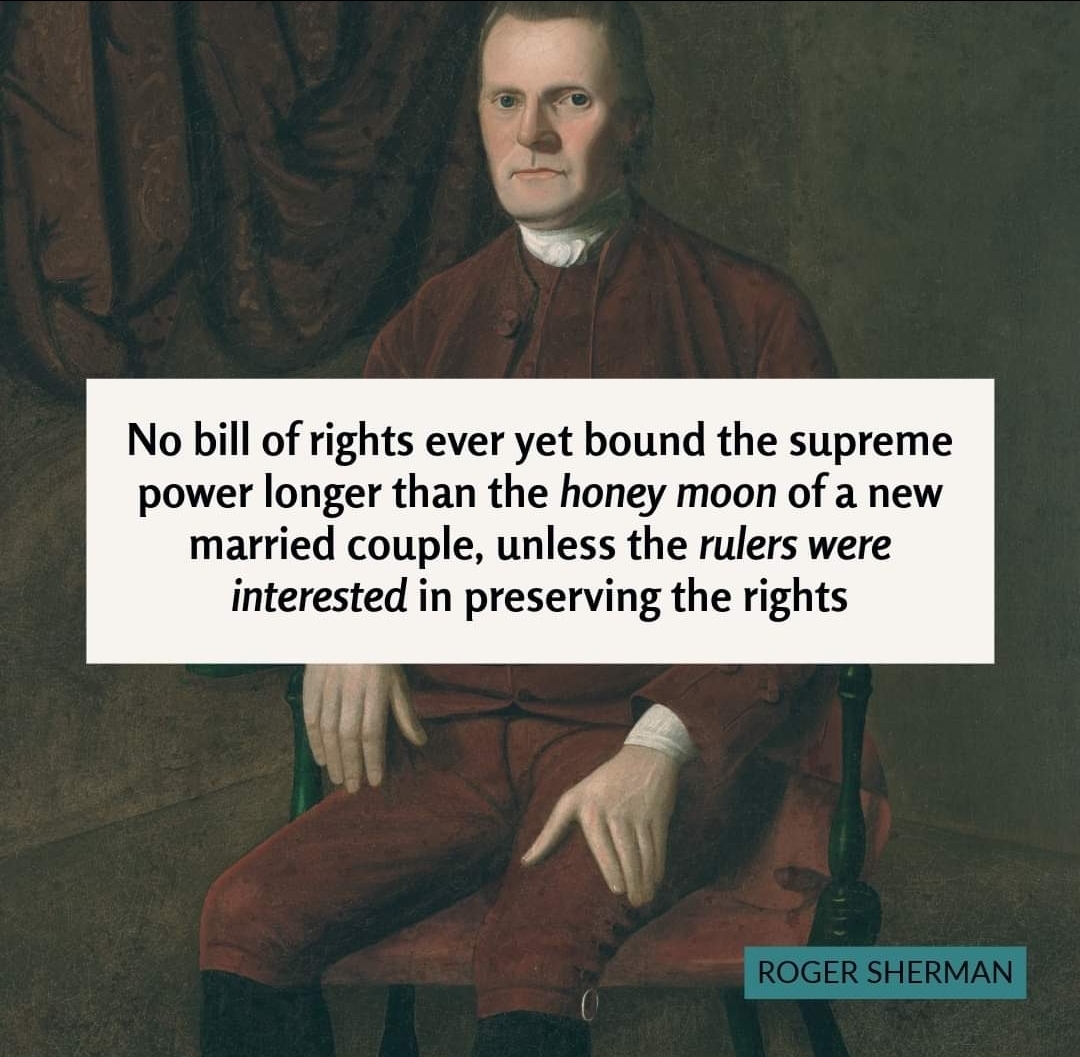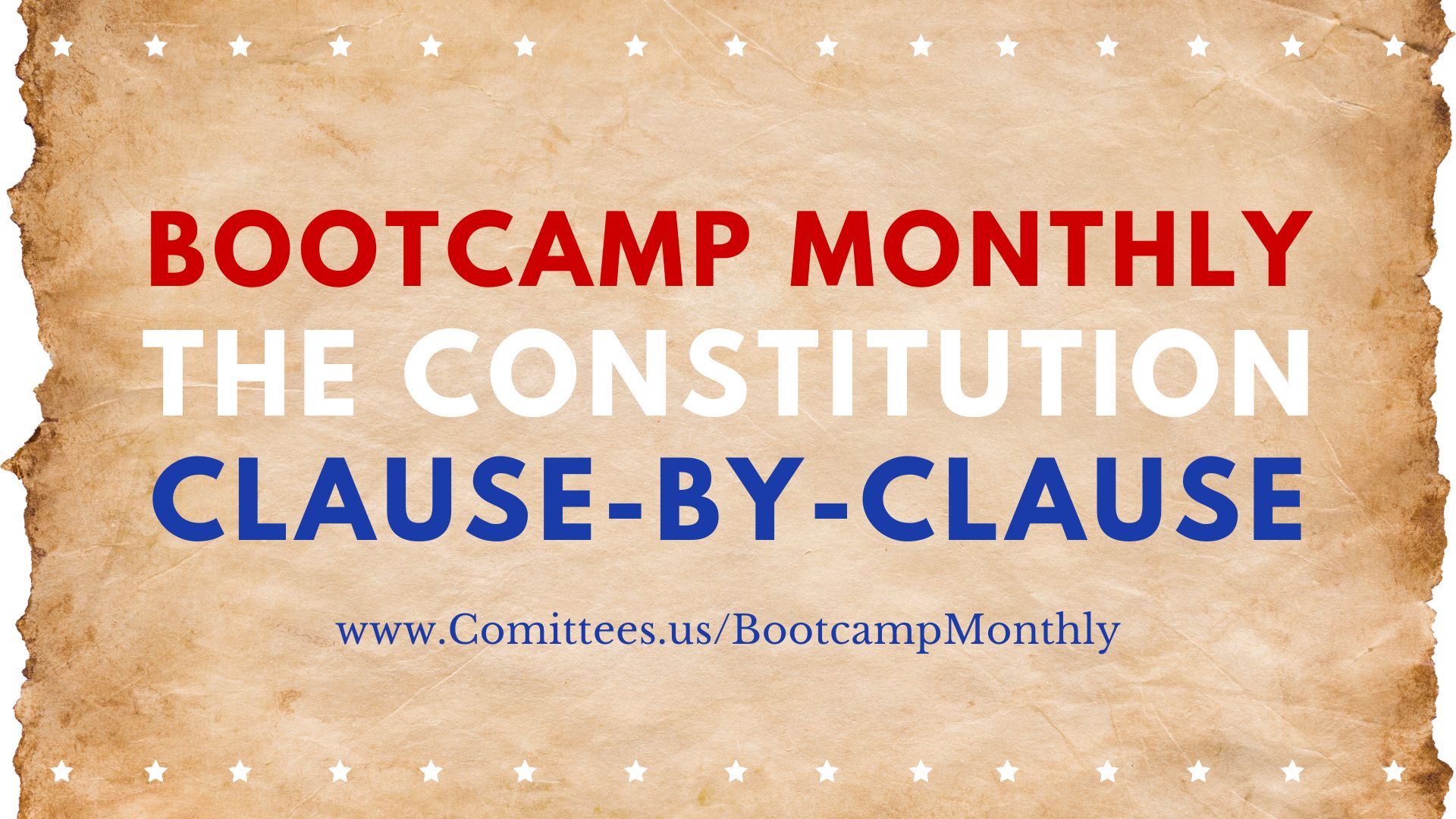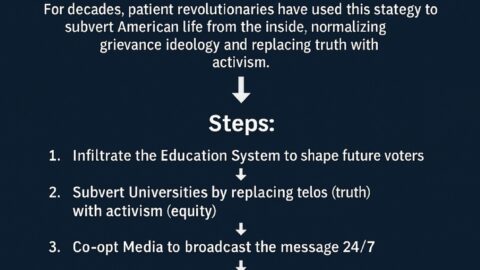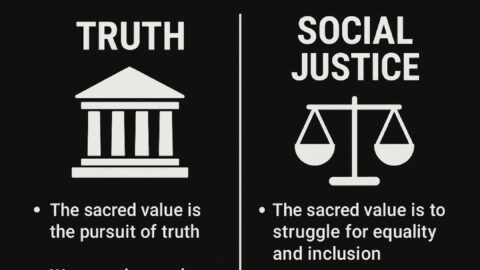How many have started a new job and received the employee handbook? By reading the policies and procedures, we learn our new employment’s rules, history, and evolution due to years of successes, challenges, and failures.
The United States Constitution (and state Constitutions) are the blueprints and handbooks that explain the proper role and function of the government from the ground up.

The Constitution is the Rule of Law
“The Constitution is the Rule of Law” underscores the foundational principle that the U.S. Constitution serves as the supreme legal authority in the country. This means that all laws, policies, and governmental actions must conform to the Constitution, ensuring a stable and just legal framework.
If not written in the US Constitution, the men sitting in those government seats can not make it up or perform their wishes or actions.
Key Points and Implications
- Supremacy of the Constitution:
- Foundational Document: The Constitution is the highest law of the land, providing the legal framework for the government and protecting individual rights.
- Rule of Law:
- Equal Application: The rule of law means no one is above the law, and everyone is subject to the same legal standards and protections.
- Legal Stability: The Constitution provides a stable legal foundation that guides laws’ creation, interpretation, and enforcement.
- Checks and Balances:
- Separation of Powers: The Constitution divides government power among the legislative, executive, and judicial branches to prevent any one branch from becoming too powerful.
- Accountability: This system of checks and balances ensures that each branch can limit the powers of the others, maintaining a balance of power and protecting against tyranny.
- Protection of Rights:
- Bill of Rights: The first ten constitutional amendments explicitly protect individual freedoms, such as freedom of speech, religion, and due process.
- Amendments: The Constitution can be amended to address evolving societal needs while maintaining its core principles, allowing stability and adaptability.
Examples and Context
- Judicial Review:
- Marbury v. Madison: This landmark Supreme Court case established the principle of judicial review, allowing the Court to declare laws and executive actions unconstitutional if they violate the Constitution.
- Role of Courts: Courts at all levels interpret the Constitution to line up with the framers to ensure that laws and policies adhere to constitutional principles.
- Legislative Actions:
- Congressional Authority: Laws passed by Congress must be consistent with the Constitution. If a law is challenged, courts can review its constitutionality.
- Legislative Limits: The Constitution limits legislative powers to protect individual rights and prevent government overreach.
- Executive Power:
- Presidential Actions: Executive actions and orders must comply with constitutional limits. Courts can check executive power by reviewing the legality of these actions.
- Checks on Power: The Constitution provides mechanisms, such as impeachment, to address abuses of executive power.
- States Rights:
- Certain Powers to the Federal Government, Others to the States: The state governments provided for a vertical separation of powers. The states were looked upon as exclusively assigned to handle certain internal matters that were not the federal government’s business.
- Checks on Power: “Since Representatives in the House are elected by the general population of a state, they represent the individual citizens of the state. People have different anxieties and desires as individuals than they do collectively as a state. In fact, most individual citizens are not even aware of what the state must do to protect its people and their rights. The sovereign state therefore stands on different ground than the individual sovereign citizen. This is why it was important to have the state legislature appoint two of its most experienced and popular elder statesmen to go to Washington as guardians of the interests of the whole state. Their original purpose was to sublimate the constantly shifting demands of the individual citizens who are represented in the House. The idea was to provide balance.” (1)
- The Seventeenth Amendment: “The Seventeenth Amendment shattered this entire concept of balanced power as the Founders originally designed it. That amendment outlawed the right of the state legislatures to appoint representatives in the Senate and transferred that right to the people. As a result, each of the Senators is now selected the same way the people select their Congressmen-by popular vote. . . . it changed the Senate from a gyroscope of political balance and a moderator of turbulence in the House into a popular assembly or second House of Representatives.” (1)
“The Constitution is the Rule of Law” highlights the Constitution’s central role in guiding and limiting government actions. It ensures that power is exercised within a legal framework that protects individual rights and maintains a balanced and just society.
It is the rule book that elected officials or government employees must always refer to ensure the rules are consistently followed, ensuring justice and consistency from generation to generation. If it is not in the US Constitution, then the elected officials or public servants are not allowed to perform the task. It is then left to the state constitutions or the people’s sovereignty.
(1) The Making of America







